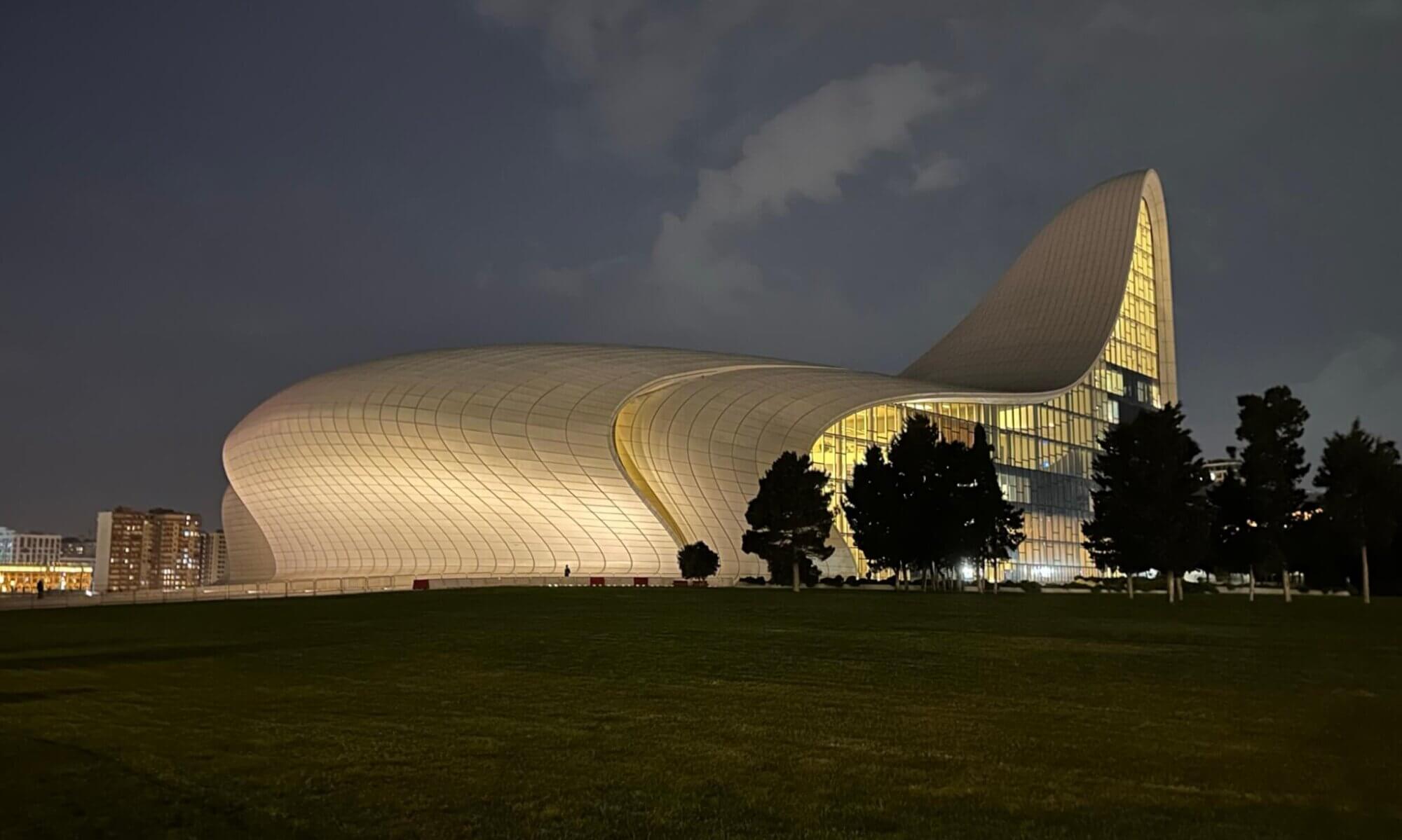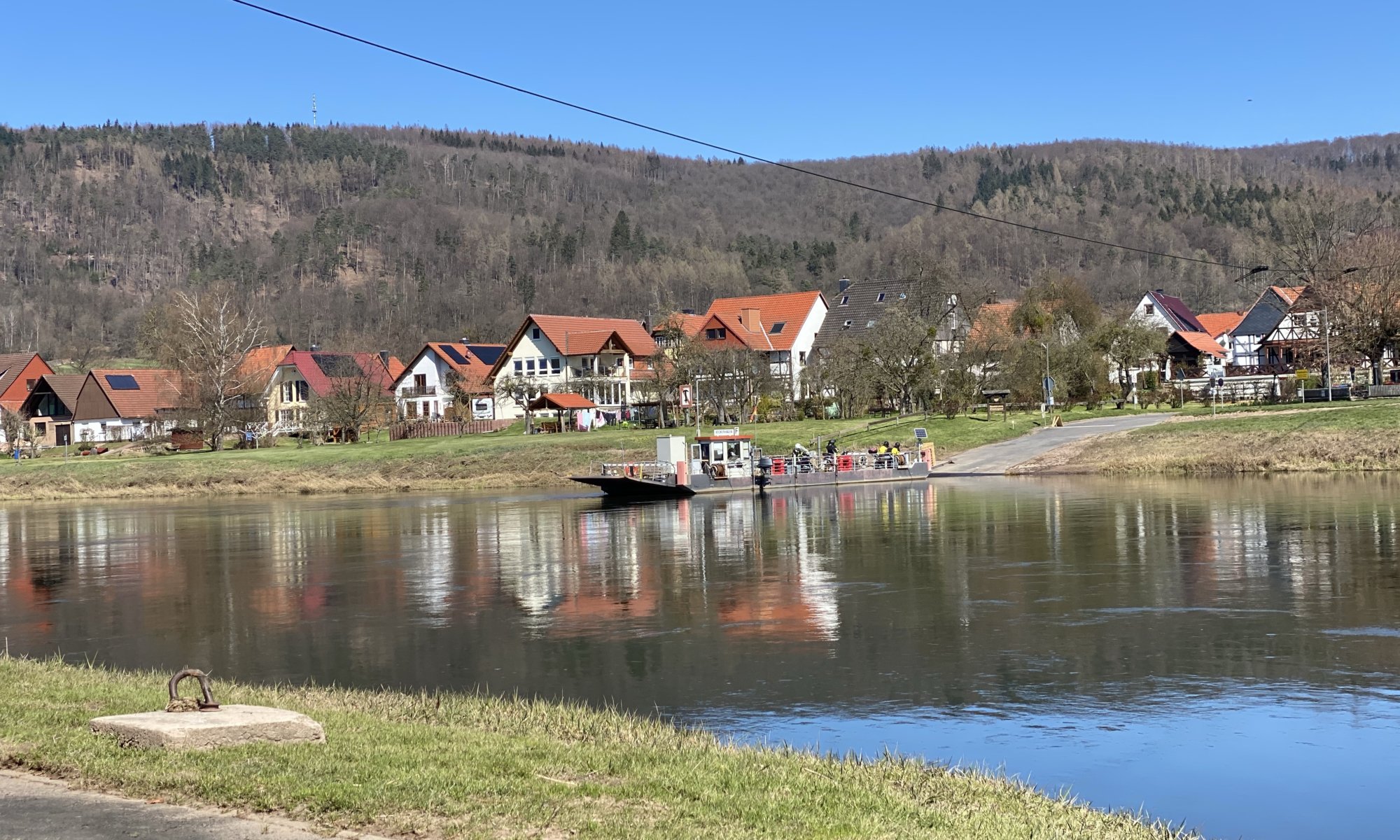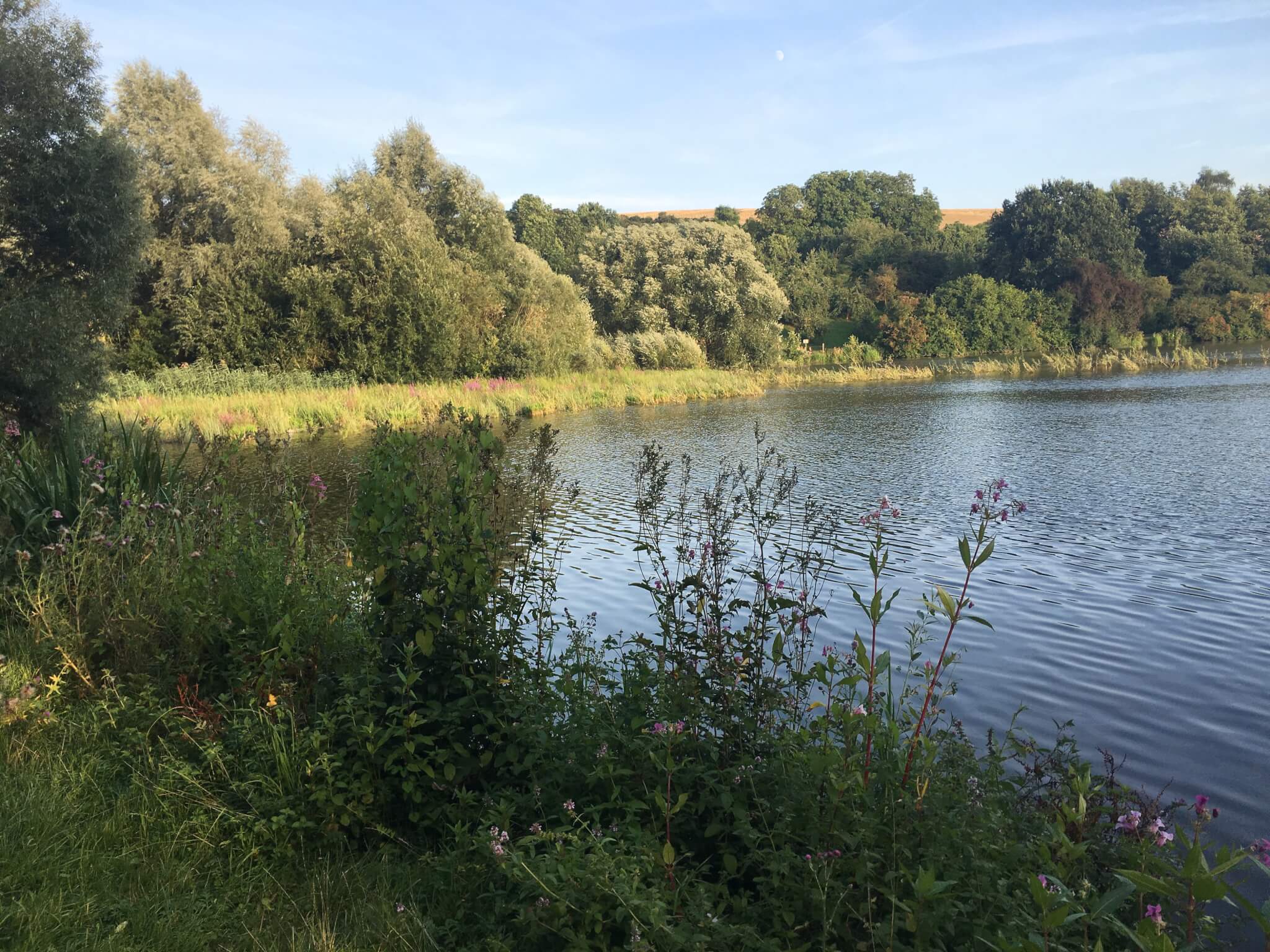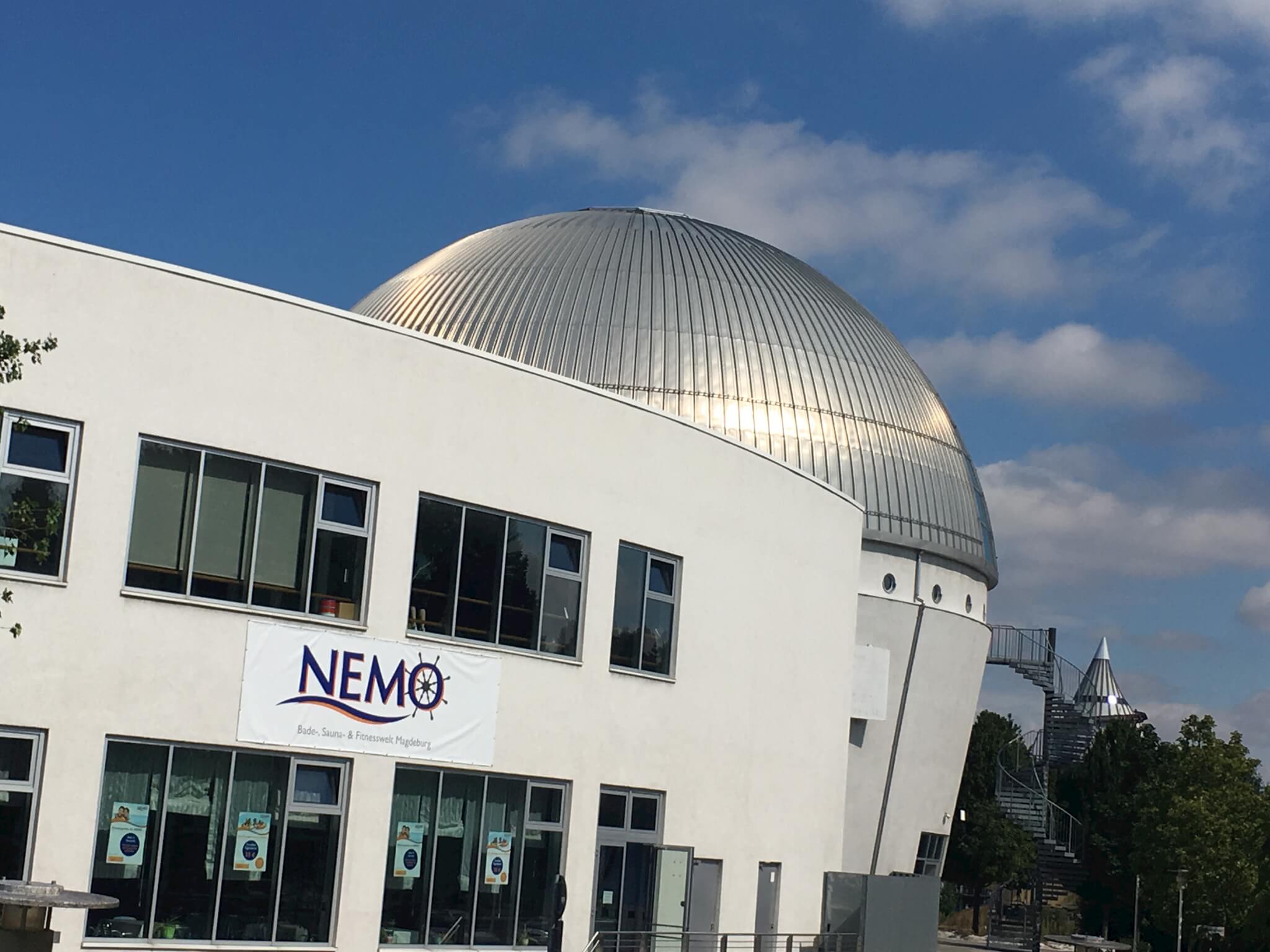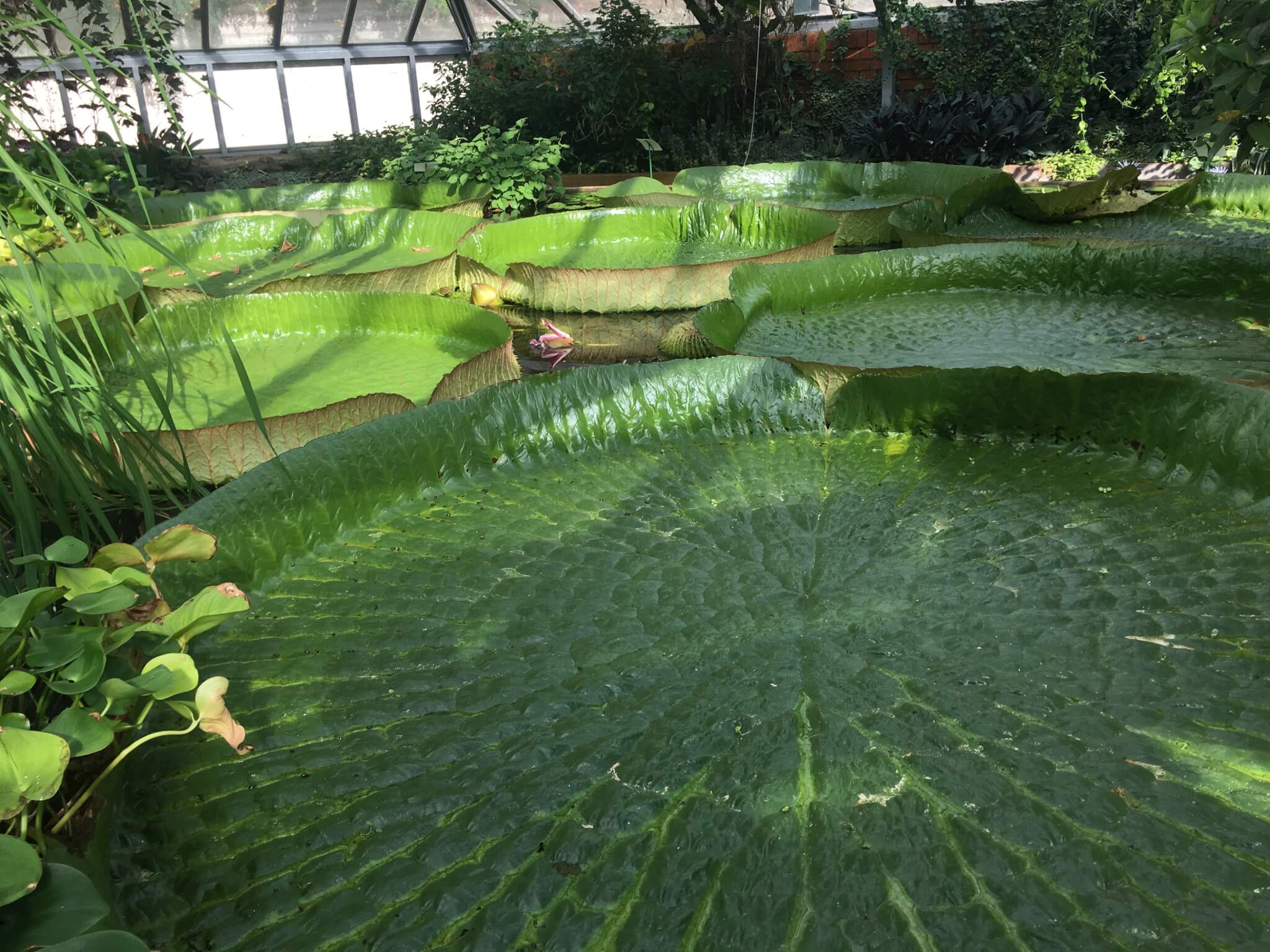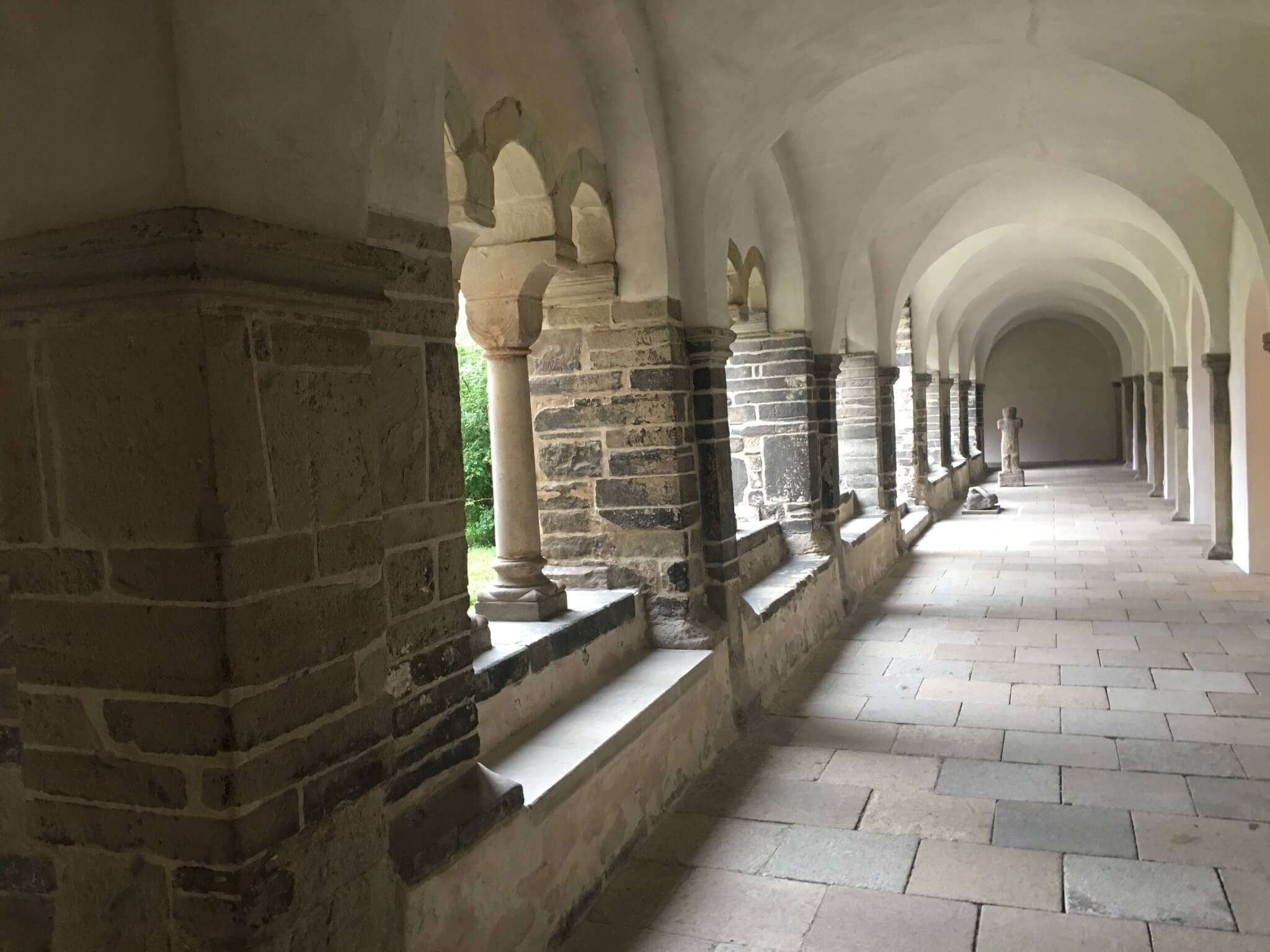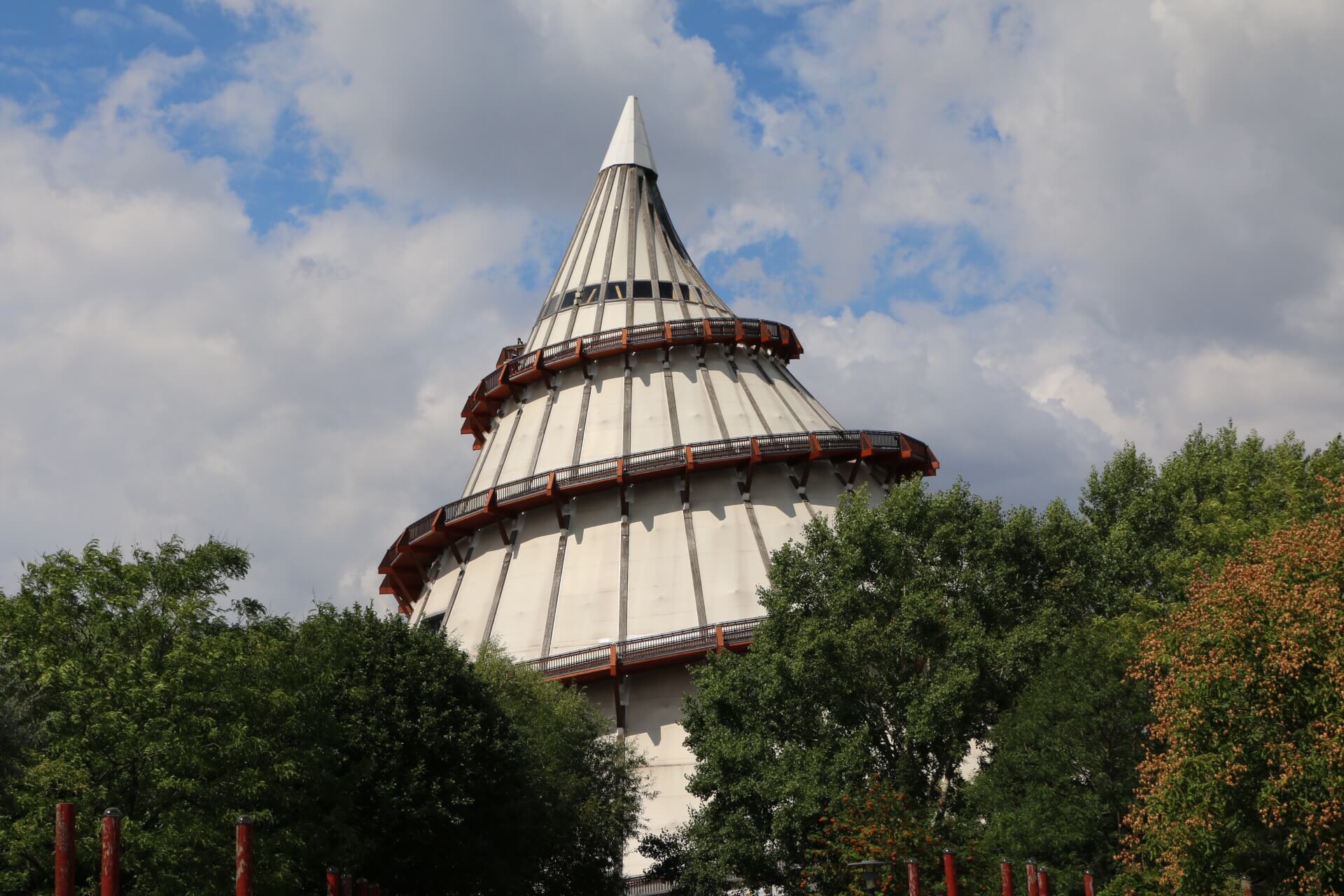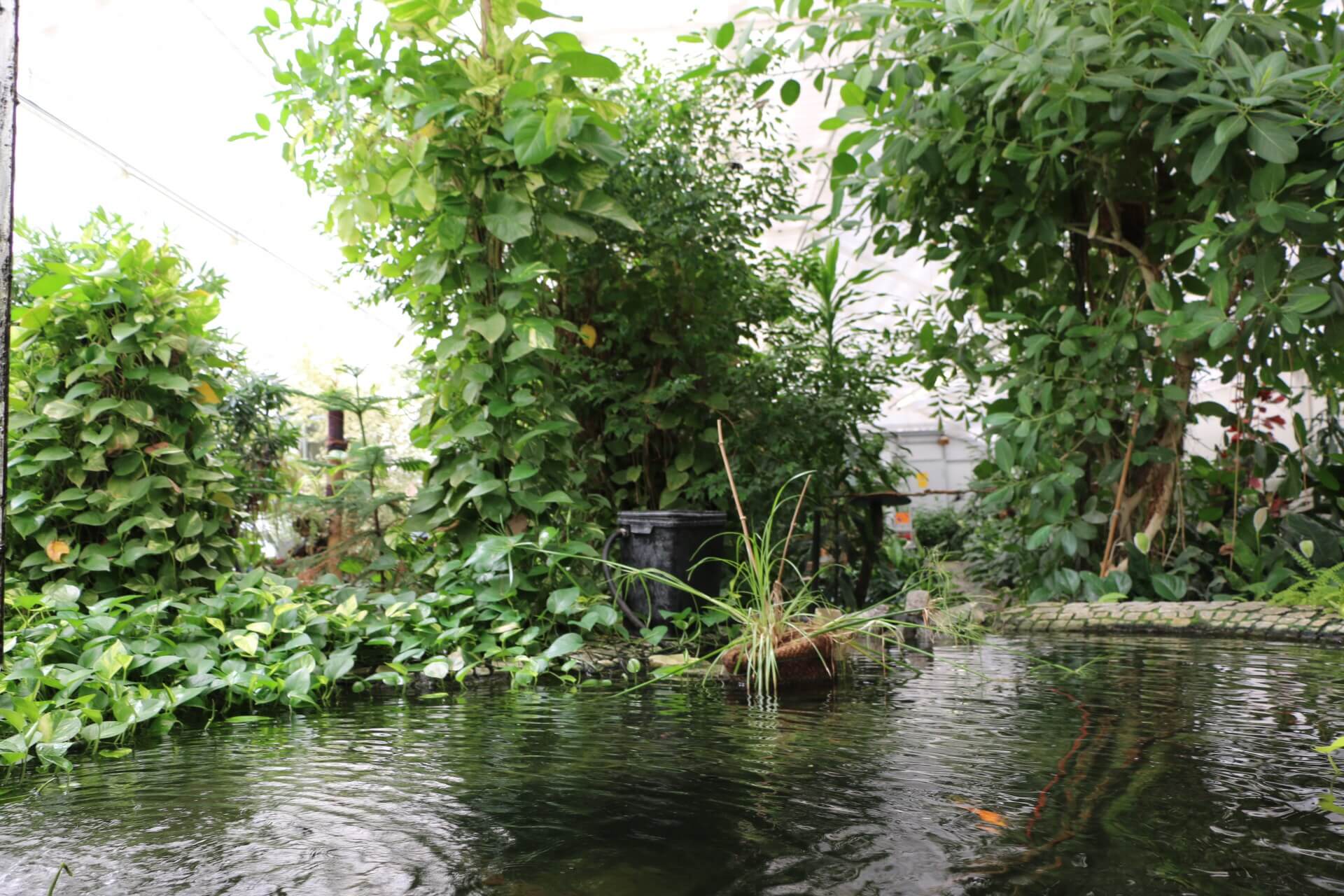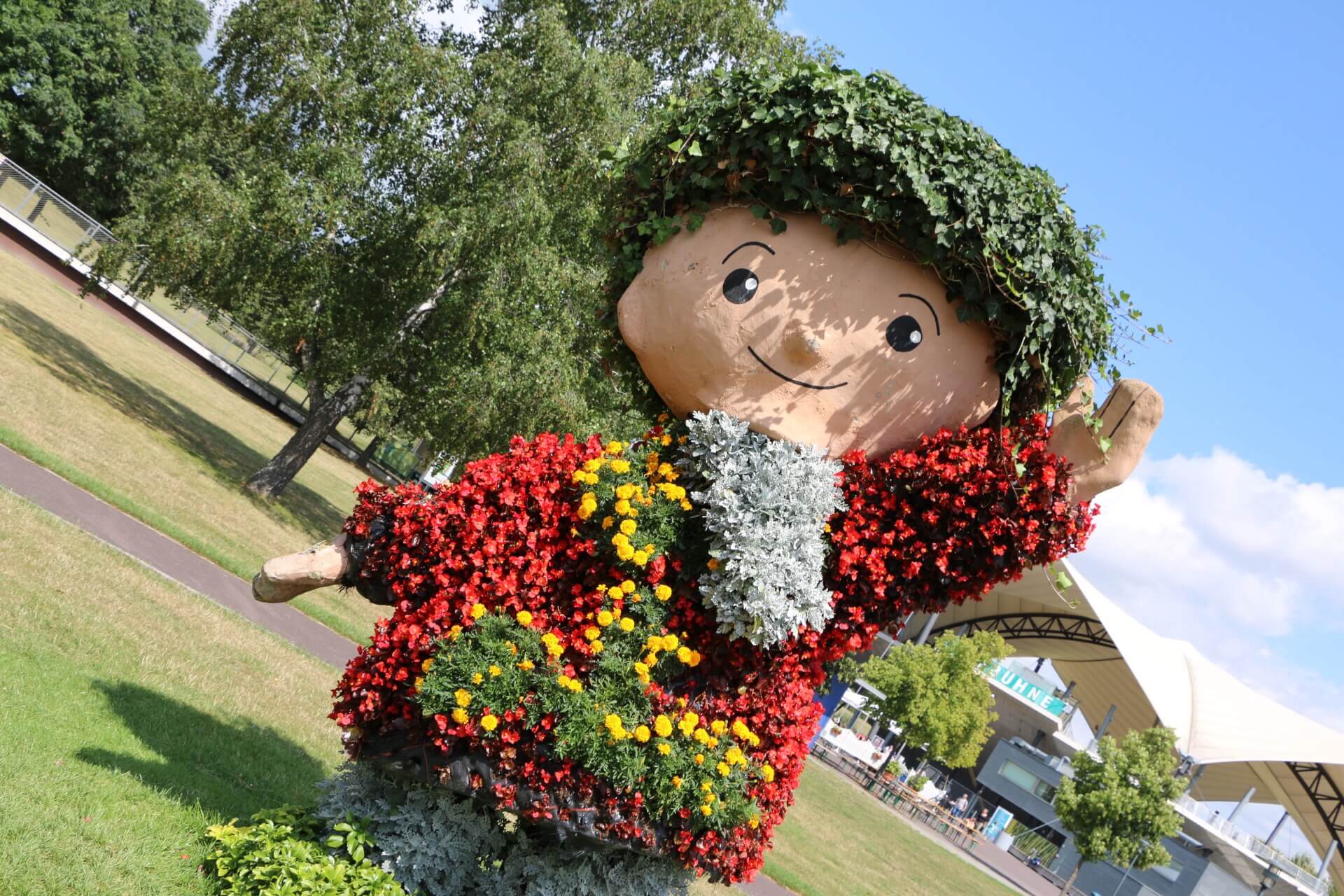The normal way to cross a river on a bridge is practical but unspectacular. Along the river Weser there are different places where you can use a ferry to get on the other side. In Hemeln, a part of Hann. Münden, Germany you can get over on foot or within your car and you meanwhile also cross the border from Lower Saxony to Northern Hesse. Continue reading “Crossing the Weser”
Wendebachstausee
The Wendebachstausee is a lake in the south of Göttingen, Germany belonging to a region called Gleichen. The small river Wendebach was dammed here for flood protection in 1973. Today it is a lake used for swimming and you can also walk around easily.
Continue reading “Wendebachstausee”Sashimi, Maki & Nigiri
If you’re looking for high-quality Asian food in Göttingen, Germany, the Busumo Deluxe is your best choice. The menu is a wild mix of Japanese, Vietnamese and other Asian cuisine – but the quality is very good. I enjoyed different sashimi, nigiri and maki with tuna and tried the udon noodles; and I was far from being disappointed. Continue reading “Sashimi, Maki & Nigiri”
Nemo
The Nemo is a spa and sauna in Magdeburg, Germany – close to the Elbauenpark. It includes indoor and outdoor pools, a slide, two restaurants, three saunas and a steam bath. It is nothing really special and it is of medium size – but I absolutely enjoyed the silence at the sauna and the chance to relax after hours of walking throughout the city. Continue reading “Nemo”
Gruson-Gewächshäuser
Close to the Klosterbergegarten in southern Magdeburg, Germany you can find the legacy of Hermann Gruson, a factory owner that sent staff out to the world to collect plants. He created the largest collection of cactuses in Europe. After his death his collection and the greenhouses became property of the city of Magdeburg. Continue reading “Gruson-Gewächshäuser”
Kloster unserer lieben Frauen
The cloister in Magdeburg, Germany is located in the city center close to the cathedral and the green citadel. It has a wonderful architecture and a fantastic halation. It was built in the year 1015 and still spreads the atmosphere of that time. Today it serves as a museum of modern art. Continue reading “Kloster unserer lieben Frauen”
Jahrtausendturm
The Jahrtausendturm or millenium tower is a wooden tower within the Elbauenpark in Magdeburg, Germany – built for the Bundesgartenschau 1999. It is 60 meters high and you can do two things: first you can walk up the ramps outside of the building. They bring you up close to the peak and you can enjoy 360 degrees of nice views of the area and the city of Magdeburg. Continue reading “Jahrtausendturm “
Surrounded by butterflies
The butterfly house in Magdeburg, Germany is one of the smaller ones I’ve seen. But it is located in the Elbauenpark created for the Bundesgartenschau 1999 you can simply drop by when you visit it. It’s a nice short trip to the humid tropics and you can see some beautiful butterflies here. Continue reading “Surrounded by butterflies”
Elbauenpark
The Elbauenpark is a vast garden in the east of Magdeburg, Germany. I was there many years ago when it was created for the Bundesgartenschau 1999. In this year my family chartered a train and brought a huge group of travellers to the garden exhibition in the east of Germany. I still can remember this very well, as my own grandmother didn’t reach the train on the way back and had to return by ICE train. 😉 Continue reading “Elbauenpark”
Zoologischer Garten Magdeburg
The zoological garden of Magdeburg, Germany is home to 1200 animals of 190 different species. If is located in the north of the city and can be reached by tramway or S-Bahn (Magdeburg-Eichweiler). It is a middle-sized zoo which needs a lot of investments and I tend to say there a not so many special things that make it worth for a longer travel time. Continue reading “Zoologischer Garten Magdeburg”
